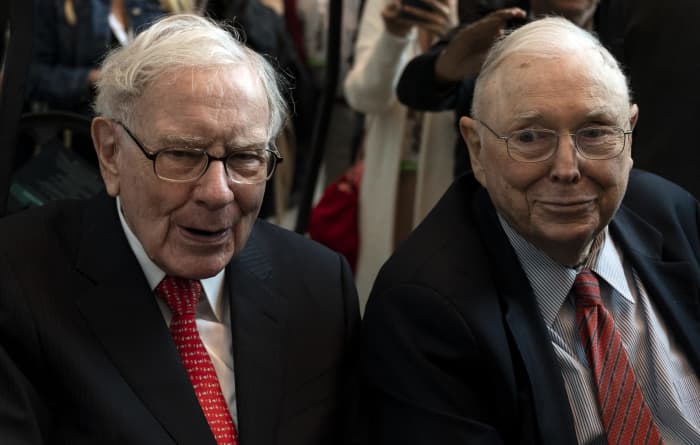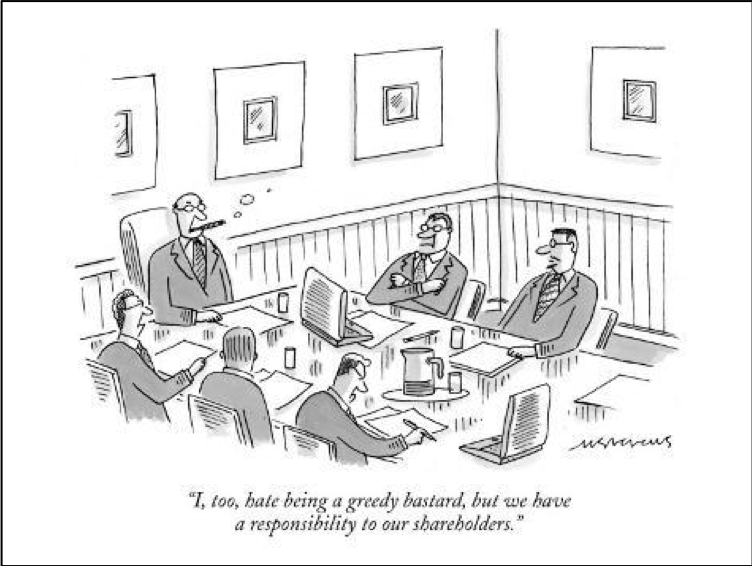
M&A Volume Up in Q1 2024 vs. Q1 2023: $10 billion Target Revenues
The number of hospital and health system M&A deals announced in the first quarter of 2024 was significantly higher than in the same period in 2023: 18 announced transactions with $10 billion in total revenues for the targets vs. 12 deals in Q1 2023 with a total of $3.4 billion in revenues for the targets. The 81 deals announced in the last 12 months is the highest it
has been over the last few years, building upon the recent momentum of hospital and health system mergers, acquisitions, and divestitures across the country.
Other observations by the Cain Brothers M&A team:
- Significant number of for-profit conversions to not-for-profit (e.g., divestitures by Tenet and HCA)
- Significant number of divestitures by national systems to regional health systems
- Accelerated closing timeline for 3 deals in CA: closed in 30-60 days — prior to new hospital merger review process going into effect April 1, 2024 in CA
- Q1 2024 total volume of 18 transactions with $10 billion in revenues for targets vs. $3.4 billion for Q1 2023
This quarter saw transformative deals that may reshape how healthcare is delivered, reflecting creative partnerships that continue to form in a changing healthcare environment. Academic medical centers continue to make investments in assets
of high strategic value to expand their clinical, teaching, and research capabilities. Large regional systems were quite active, with large cross regional mergers and smaller strategic acquisitions. With the Consumer Price Index (CPI) holding steady with the previous quarter, alleviation of supply cost pressures will benefit health system financials and allow them to deploy more capital.
In early January, General Catalyst’s healthcare investment subsidiary, Health
Assurance Transformation Corporation (“HATCo”), announced its intent to
acquire Summa Health, one of the largest integrated health delivery systems in
Ohio. This announcement made waves in the healthcare industry, not just
because of the size of the acquisition, but because it is the first major health system
investment for newly formed HATCo. General Catalyst, a venture capital firm
formed in 2000, is known for its investments in global companies including Airbnb,
Warby Parker, Snap, and Kayak. General Catalyst launched HATCo in October
2023 as a vehicle to enable health systems to enhance technological health
capabilities, improve financial results, and assist in meeting the shift to value based care, creating a sustainable and quality-driven healthcare model for providers and patients.
Under the terms of the deal, Summa Health will become a subsidiary of HATCo
and transition from a not-for-profit to a for-profit corporation. A community
foundation will be formed to continue to invest in the social determinants of health
to enhance community outcomes in the Akron-Canton region. With its first
acquisition, HATCo aims to become a chassis for future acquisitions and growth
for General Catalyst. The deal is expected to close by the end of 2024.
Academic medical centers were active acquirers in the first quarter of 2024. On
the West Coast, two University of California systems announced acquisitions from
for-profit operators. In January, UCLA Health announced it is the process to
acquire West Hills Hospital and Medical Center from HCA. The 260-bed hospital
is located in the San Fernando Valley, north of Los Angeles, and will be UCLA’s
first acute care hospital in the area. In February, UC Irvine Health signed a
definitive agreement to acquire Tenet’s Pacific Coast Network, which include
four hospitals in Los Angeles and Orange counties (see below for transaction
multiples). The acquisition greatly expands UCI Health’s presence and inpatient
bed capacity to complement their flagship UCI Medical Center in Orange. These
deals come off the heels of two other University of California deals announced in
2023; UC San Diego Health’s acquisition of Alvarado Hospital from Prime
Healthcare, and UCSF’s announcement to acquire two San Francisco hospitals
from Dignity Health, further demonstrating the UC system’s mandate to grow and
provide greater access to care in California.
Further east, the University of Minnesota announced in February its intent to
reacquire the University of Minnesota Medical Center from Fairview Health.
The University of Minnesota Regents voted to support a nonbinding letter of intent
with Fairview that would provide the ability for the University’s eventual ownership
of the medical center by 2027. The University of Minnesota previously sold the
medical center to Fairview in 1997.
In January, Penn Medicine announced it intends to acquire Doylestown Health,
a single-hospital system in Bucks County, PA. The seventh hospital for Penn
Medicine, the acquisition of Doylestown Health follows a trend of expansion for
Penn Medicine, with the acquisition of Chester County Hospital, Lancaster General
Health, and Princeton Health all within the past 10 years. The transactions by
academic health systems this quarter continue to follow the trend of AMC
expansion through development of new entry points into their care network,
investments in community health, and developing the ability to expand their
teaching and research capabilities.
In addition to the sale of its Pacific Coast Network to UC Irvine Health, Tenet also
sold Sierra Vista Regional Medical Center and Twin Cities Community
Hospital to Adventist Health in California. The two hospitals, located in San Luis
Obispo County in Central California, were sold to Adventist Health for
approximately $550 million, implying a Revenue and EBITDA multiple of 1.6x and
14.5x, respectively. The Pacific Coast Network transaction to UCI Health
announced in February came with a $975 million price tag, reflecting a 1.0x
multiple of revenue and 13.7x multiple of EBITDA. These transactions follow trends
of Tenet’s strategic divestitures in high value deals and reflect a broader trend of
acquisitions of targets of high strategic value to health systems. It is worth noting
that part of the reason for higher multiples in these California transactions is that
buying is still cheaper than the high cost to build.
Regional expansion continued this quarter in the Northeast with Nuvance Health’s
announcement in February that it will be joining Northwell Health. With seven
hospitals in Nuvance and the largest in the State of New York with Northwell, the
organizations would merge to form an integrated healthcare delivery system of 28
hospitals, 15,000 physicians, and over 1,000 care sites. In July 2023, Nuvance
received a credit downgrade from Moody’s driven by weakened operating
performance and reduced liquidity. As stated by both organizations, the merger
also allows Northwell to expand into Connecticut while making significant
investments in Nuvance’s existing clinical care footprint.
On the other hand, a number of regional mergers in recent years have been called
off, including this quarter with the cancellation of the proposed merger between
Essential Health and Marshfield Clinic. Previously announced in July 2023, the
health systems formally ended merger discussions in January, determining that
the affiliation was not the right path for the organizations. Marshfield previously
paused merger discussions with Gundersen Health System in 2019.
There were also a number of single hospital acquisitions and tuck-in transactions for larger systems. Below are highlights of a few other notable transactions announced this quarter:
In February, St. Louis- based Mercy announced its plans to acquire Via Christi Hospital, its
related physicians and other ancillary healthcare locations from Ascension. 152-bed Via Christi
hospital will be Mercy’s third hospital in Kansas, as Mercy continues to grow westward. In 2023,
Mercy acquired SoutheastHEALTH followed by its acquisition of Hermann Area District Hospital.
In January, Northern New Jersey health systems, CarePoint Health and Hudson Regional
Hospital announced they are seeking to form a new combined entity that will merge the for-profit and not-for-profit hospitals together. Hudson Health System will be the new namesake of the four hospital system. Under the proposed agreement, two of the four hospitals will remain not-for-profit safety net hospitals. The unique arrangement comes after the New Jersey Department of Health confirmed that CarePoint was in financial distress and began to work with local government leaders on a solution. CarePoint executive leaders confirmed the arrangement with Hudson Regional will improve the organization’s operational and financial strength.
Also in New Jersey, Atlantic Health System announced in January its intent to merge with Saint
Peter’s Healthcare. Atlantic Health, located in Morristown, NJ, is a seven-hospital health system
with locations across New Jersey and Pennsylvania. Saint Peter’s Healthcare is a catholic not-forprofit system with a 478-bed flagship hospital in New Brunswick, NJ. The announcement follows a 2022 judgment by the FTC to block a proposed merger between Saint Peter’s Healthcare and RWJBarnabas Health, citing the deal would cause anti-competitive concerns with merging New Brunswick’s only two hospitals.
WellSpan Health signed a definitive agreement to acquire Evangelical Community Hospital, a
131-bed acute care hospital in Lewisburg, PA. With the pending acquisition, the hospital will
become WellSpan Evangelical Hospital and will continue to serve the Central Susquehanna Valley. WellSpan is an eight-hospital system, serving six counties in Pennsylvania and two counties in Maryland. The deal is expected to close in July.
Each quarter, health system acquirers typically cite the need to grow and the desire to enchance clinical outcomes as motivating factors for deal activity. On the other hand, as we are seeing play out in real time, financial challenges area key driver of M&A for sellers. California-based Pipeline Health faces financial challenges as it retrenches its existing portfolio. In late 2023, Pipeline exited the Texas market driven by unsustainable financial losses. This example highlights the need for health systems to match mission-driven growth objectives with the reality of a harsh and volitile operating environment.
Portfolio rationalization, AMCs with the capital to make big bets, and inter-regional consolidations are major trends that will continue into 2024. With an election looming and an uncertain healthcare and regulatory landscape, affiliation opportunities will need to be thoughtful and metric driven.










